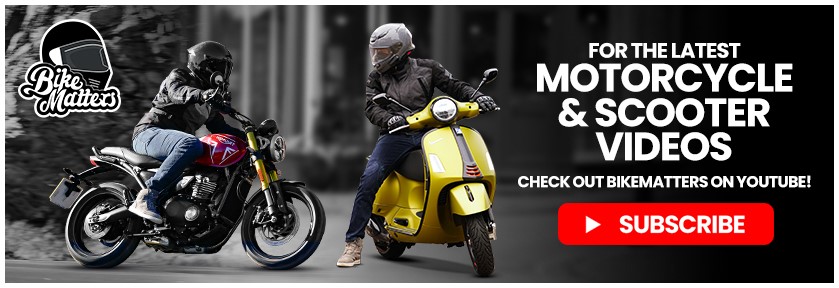When you’re first getting into motorcycling or scootering, taking your CBT can feel incredibly daunting – especially since this will be your first real on-road experience.
That’s why we’ve put together this comprehensive preparation guide, so you can feel confident and prepared on the day of your CBT.
So, let’s get into it, shall we?
What is a Motorcycle CBT?

Compulsory Basic Training (CBT for short) is a course you take before riding a moped, scooter or motorcycle on the road.
Once you’ve completed your CBT, you’ll be up to ride a moped if you’re 16 or over, or a motorcycle or scooter up to 125cc if you’re 17 or over.
Is passing a CBT easy? | Complete Beginner? Don’t Worry
A CBT is designed for people who are new to riding, with trainers teaching you as you go.
There are five parts of a CBT course:
- Introduction/eyesight check
- On-site training
- On-site riding
- On-road training
- On-road riding
You’ll be able to move on from each part once your CBT Instructor is happy that you understand the theory and can demonstrate the practical skills.
Can you pass a CBT with no experience?
You’ll be able to complete your CBT with no motorcycling experience, but it’s always best to spend some time cycling on the roads, as this can help you feel more comfortable when doing your on-road training and riding.
Why is it so important to prepare for CBT?
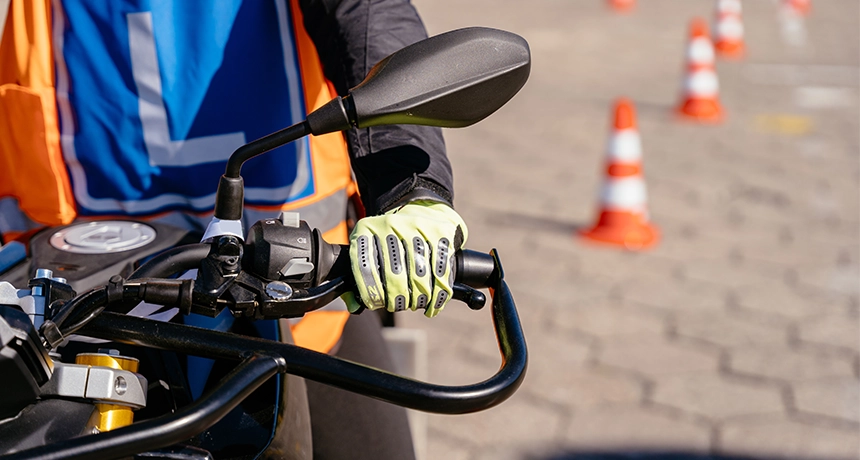
When doing your CBT, you’ll need to make sure you have a basic knowledge of the Highway Code. This includes an understanding of road signs, road rules and anything motorbike specific.
You’re much more likely to complete your CBT if you have this foundational level of understanding, and you’ll feel more confident on the roads, too.
Essential CBT Equipment Checklist | What to bring with you
When doing your CBT, you’ll need to bring:
- A UK driving or provisional licence
- Protective clothing (sturdy footwear, motorcycle or heavy denim trousers, a motorcycle jacket and motorcycle gloves).
- A helmet (if not provided by the training school)
- Glasses (if you need them for driving)
As you’ll likely be there for some time, you’ll also want to bring food and drink to keep your energy levels up.
What will the training school provide?
Many training schools will have equipment you can hire, such as a helmet, a jacket or gloves – but this isn’t guaranteed.
You’ll want to check with the training school at least a week in advance, as you can be turned away for not having the necessary equipment.
You’ll also be provided with a suitable moped or 125cc motorcycle for your CBT, but you can use your own if you prefer.
Top 10 Things you Need to Know before your CBT
There’s plenty to learn about when it comes to completing your CBT and riding a motorcycle on the road for the first time. Here are ten of the most important things you should know before your training day.
10. A Motorcycle CBT is not a licence
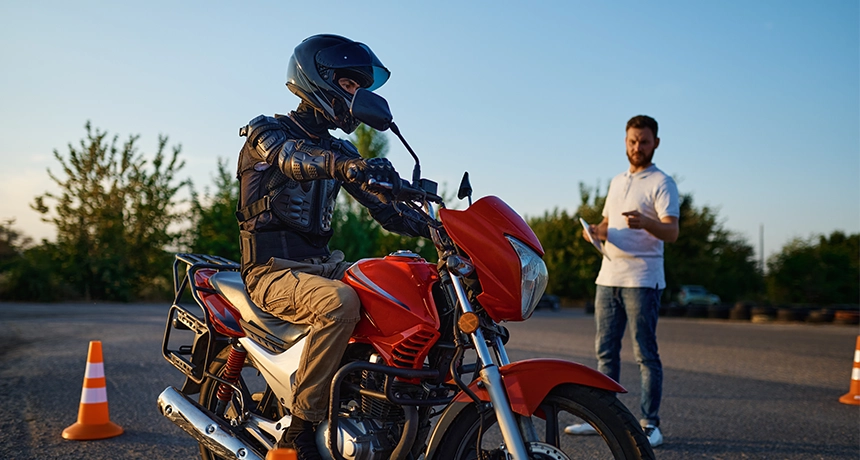
Although this is sometimes mistakenly referred to as a ‘CBT licence,’ a CBT is actually a certificate gained from training, allowing you to provisionally ride a moped, 125cc scooter or 125cc motorcycle with L plates for two years. This means that once the two years are up, you’ll either need to get a license or retake your CBT.
9. Brush up on your bicycle riding
Cycling is a great way to prepare for your CBT.
The skills you’ll build up, including your balance, steering and general manoeuvring on the roads, also transfer to motorcycling - so riding a motorcycle, scooter or moped will feel much more comfortable to you than it would normally.
Plus, it’ll help you get more familiar with sharing the road with other motorists, meaning that you’ll be able to better understand how to handle situations on the road.
8. Keep Up to Date with the Highway Code

Your instructor will be assessing your ability to ride safely, so having a strong knowledge of the Highway Code is crucial when demonstrating your competence in road safety.
It’s important to stay up-to date though, as the Highway Code can be changed at any time, if the government believes clarifying rules or taking new steps to ensure road safety are needed.
Recent changes to the Highway Code
At the time of writing, the most recent changes to the Highway Code include:
- An update to clarify that drivers must not park anywhere the kerb has been lowered in Scotland.
- A change to the national speed limit for built-up areas in Wales from 30mph to 20mph.
- Update to clarify that drivers must not park partially or wholly on the pavement in Scotland
7. Familiarise yourself with bike controls, safety & maintenance check procedures
If you already have a motorbike, scooter or moped, you can learn more about your bike’s controls before taking your CBT.
By making sure that you’re familiar with the controls on your bike and feel confident with the maintenance check procedures. Doing this will allow you to have a far stronger foundational knowledge of safe motorcycling practices.
Doing exercises such as this will help to increase your likelihood of passing – as you’ll have a better understanding of what safe riding is.
6. If you wish to, you can use your own bike for your CBT
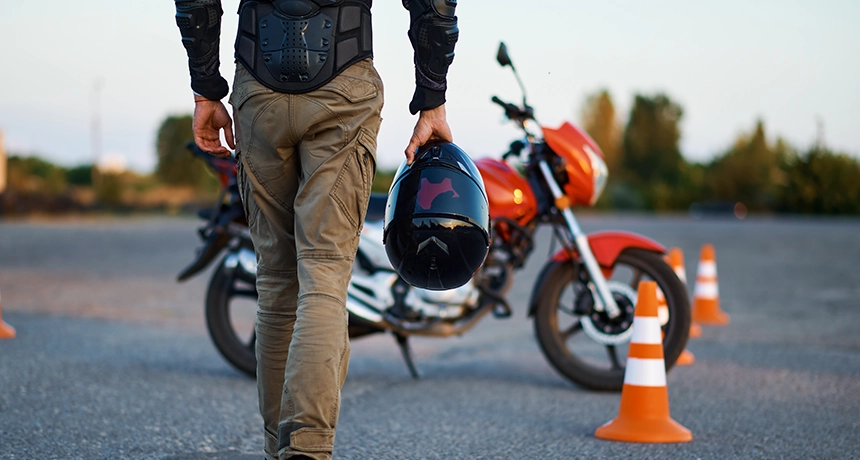
As long as your bike is road legal, appropriately insured for riding on the road and has the correct engine size for your age (50cc for 16 and above, 125cc if you’re 17 and above), you will be able to use it for your CBT.
However, you cannot ride your bike to the test centre – so if you don’t have a way to transport it there, hiring a bike from the test centre may be more straightforward.
5. You will have the choice between Twist’n’go or a Manual transmission
When you do your CBT, you’ll have to decide whether you want to learn on an automatic twist-and-go bike or something manual-geared.
While you can complete your CBT using a bike with twist’n’go transmission and then continue to learn on a manual bike, we’d recommend learning on the type of bike you intend to ride.
If you do your CBT on a bike with an automatic transmission and then decide you want to ride a manual bike, there are gear conversion courses you can complete to help you further develop your skills.
4. Take it Steady & Don’t be Afraid to Make Mistakes
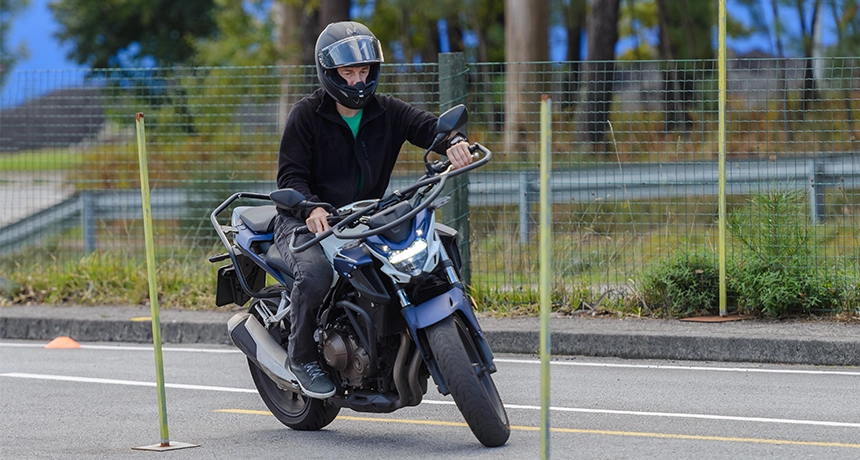
Unlike a driving test, the CBT is not something you can pass or fail. Instead, it’s an assessment of your understanding.
If you make a mistake during your CBT, your instructor will likely give you some more instructions or more time to practice.
In some cases (such as demonstrating a lack of control over the bike, or riding in an unsafe way), your CBT may be stopped, so it’s always best to go slow and make sure you feel confident in what you’re doing.
3. Once you’ve passed | Riding a 50cc or 125cc
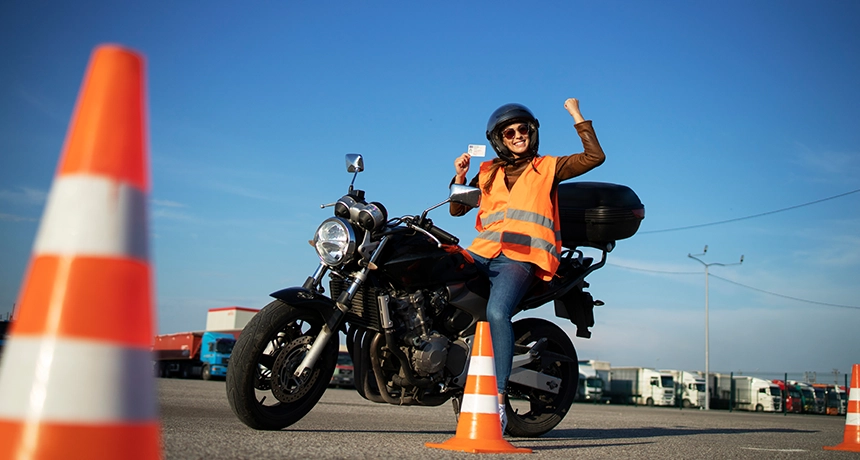
Once you’ve completed your CBT, you’ll receive a DL196 certificate. This means you’ll be able to ride a moped, scooter or motorcycle up to 125cc (if 17 or above) on the road with L Plates.
You’ll need to get a full licence within two years of completing your CBT, otherwise you’ll either have to complete your CBT again or cease riding.
2. Whilst you can’t fail a CBT, you can be asked back for further training
If you’re unable to complete your CBT, you will need to book another assessment. To build up your confidence, you can practice more on a bicycle and brush up on your knowledge of the Highway Code.
Remember that many people do need more than one attempt to pass their CBT, so try to not feel too disappointed and don’t let yourself get too discouraged.
1. CBT certificate only lasts two years

It’s important to remember that your CBT certificate will only last for two years. So, in that time you’ll need to get your full moped or motorcycle license, or have to retake your CBT if you wish to keep riding.
If you ride a motorbike without a valid CBT certificate, you can be fined up to £1,000 and get up to 6 penalty points on your licence – so it’s important to make sure you have what you need to ride!
The Last Stop!
So, there you have it. We hope this article on what you need to know before taking your CBT helpful – especially if it’s coming up soon!
Don’t forget, if you’re planning on getting a moped, scooter or motorcycle soon and need insurance, you can get a quote direct with Lexham.

